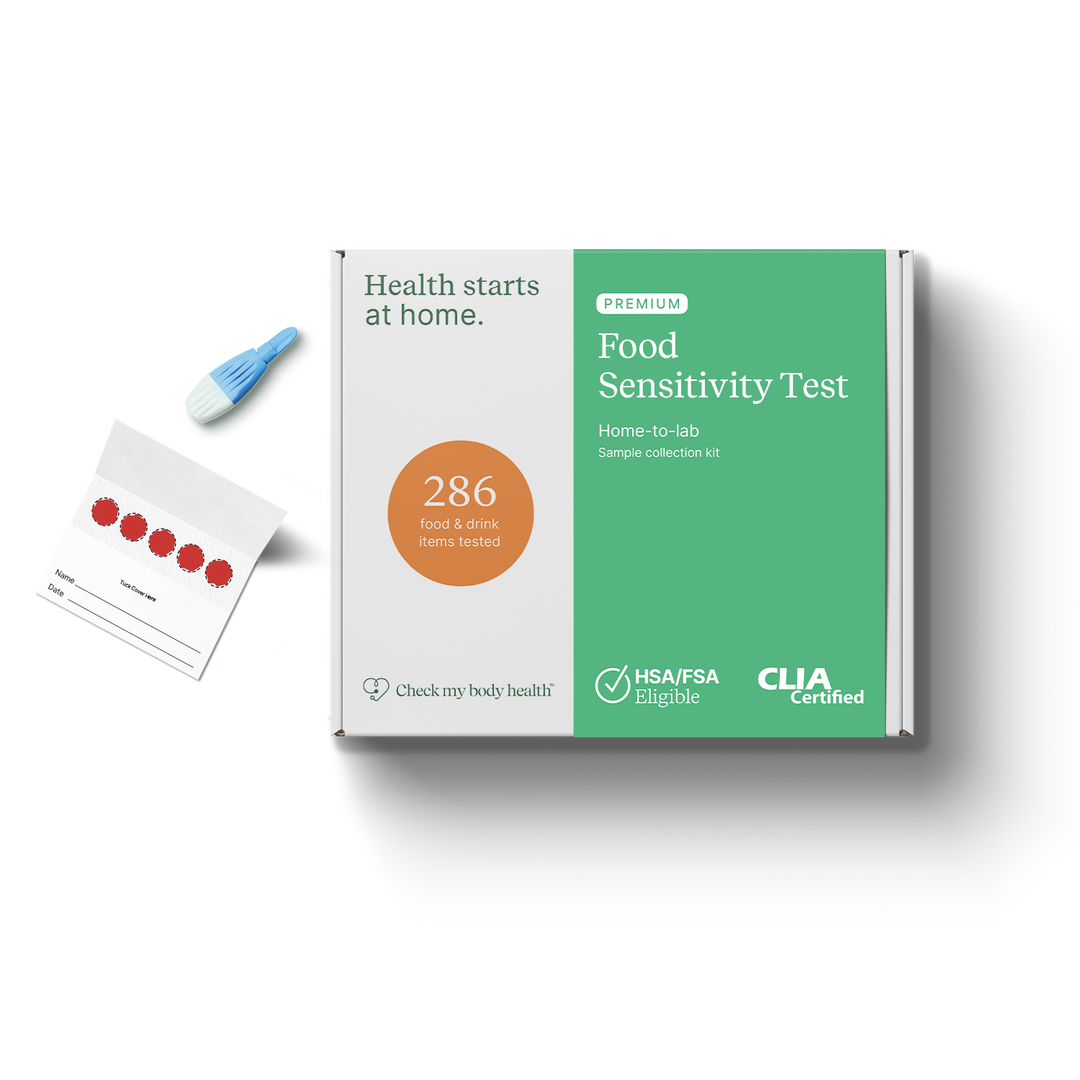Food intolerance tests made easy

Did you know?
Food Intolerance Is Common - But Often Overlooked
1 in 4 U.S. adults
report food intolerances - yet such reactions are often mistaken for allergies or dismissed as ‘just digestive issues’.*
*National Library of Medicine https://pubmed.ncbi.nlm.nih.gov/32924902/(pubmed, 2020)
What is an IgG food sensitivity test?


Understanding the differences between food reactions

Not an Allergy Test, but Much More

Unmatched Accuracy with Consistent, Reliable Results

Why IgG Subclasses Matter

Personalized, State-of-the-Art Testing
What do I get?
Fast Results
Your personalised report is emailed within 3 business days after your sample reaches our lab. No long waits. No doctor visits required.
Free Nutritional Therapist Consultation
Meet with one of our certified nutritionists to help you understand your results and build a plan that works for you.
Health and Nutrition Guides
Get expert tips on interpreting your results and making effective dietary changes.
Food Alternatives Guide:
Access over 30 chapters of suggested swaps to help you follow your new diet without missing out.
Free Online Meal Planner:
1 month of free access to our online meal planner and tailored wellness programs — designed to support your goals and simplify your health journey.
Combining your test with an elimination diet
Items tested
What we test for?
-
Vegetables
-
Fish & Seafood
-
Fruits
-
Spices
-
Grains & Seeds
-
Dairy & Eggs
-
Meat
-
Nuts
-
Coffee & Tea
-
Beans & Peas
-
Fungi & Yeasts
-
Milk Proteins
-
Sugars & Sweeteners
-
Superfoods & Novel Ingredients
-
Miscellaneous


























